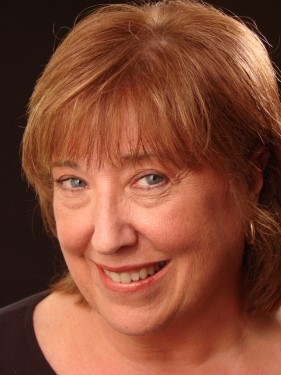Tricks For Editing Out Breaths
& Other Noises Between Words
By Melanie Haynes
Voice Actor
 As voice talent with our own home studios, we engineer our own sessions. However, many of us do not consider ourselves to be true audio engineers.
As voice talent with our own home studios, we engineer our own sessions. However, many of us do not consider ourselves to be true audio engineers. We have learned enough and purchased the right equipment to produce a high-quality recording, and some of us can even mix in a little music. But personally, I would not really call myself an engineer. (My audio engineer friends would heartily agree with me.)
There are, of course, voice talent who have as many years engineering as they do voicing. By that, I mean they have many years of both!
So, what I'm about to share is not for them: how to deal with extraneous noise, or a breath that seems too loud, between the words in our recordings.
VARIOUS WAYS
Although some audio software allows you to "soften" all the breaths in one fell swoop, we who use different software have to manually deal with each offending instance.
There are a number of ways to do this:
- the breath can simply be cut,
- the area can be "silenced,"
- the breath can be normalized to a much lower level, or
- you can record ambient sound and then cut-and-paste it in place of the breath, noise, or gap between the words.
CUT IT OUT
Cutting works if there is enough space to allow for a normal pause between words. But if there is not enough space, the result will be a choppy, disjointed reading that will affect your normal timing.
To highlight the offending area and replace it with silence can work, especially if music will be mixed with the voice eventually.
However, if music is not going to be added, there might be a noticeable difference between the noise floor of your read and the space between the words. This will sound too abrupt - like a drop out - and draw attention to the fact that editing has been done.
It could also possibly highlight the general noise floor of your recording - which, hopefully, isn't the case since you've learned to keep that noise floor low.
RECORD AMBIENT SOUND
I've found that what works best for me when I don't want to leave the breath at all - or when there is some other noise - is to highlight that area and simply hit record.
The space is automatically filled with the ambient noise floor of the entire recording. (I'm sure that some voice talents now are having a "well duh" reaction to that advice.)
This method is so much simpler than cutting and pasting ambient sound into that space. And the discovery of it has made a world of difference to me!
ABOUT MELANIE
Web: www.melaniehaynes.com
Email: info@melaniehaynes.com
Blog: http://voice-over-studio.blogspot.com
0 comments:
Post a Comment